Planning a tropical escape to Vietnam from Canada in 2025? With golden beaches, vibrant street food, and a rich cultural heritage, Vietnam is calling. But before you book your ticket, …

Planning a tropical escape to Vietnam from Australia? With its ancient temples, vibrant street food culture, and scenic coastlines, Vietnam is at the top of many Aussie travellers’ lists for 2025. But before you board that flight to Hanoi or Ho Chi Minh City, it’s crucial to understand the latest visa regulations. The last thing you want is to be turned away at the border due to an avoidable paperwork issue. This guide breaks down everything Australians need to know about securing a tourist visa for Vietnam in 2025 — clearly and confidently.
Yes, Australian passport holders are still required to obtain a visa before entering Vietnam for tourism purposes. As of 2025, Australia is not included in Vietnam’s visa-exempt countries list, which means that travellers must secure a valid visa either before or upon arrival, depending on the visa type they choose.
That said, there is one special scenario where you may enter Vietnam without a visa — if you’re flying directly to Phú Quốc Island and staying there for no longer than 30 days. This exception is only valid for international arrivals who remain on the island and do not venture into mainland Vietnam. It’s perfect for a short island holiday, but not applicable if you want to explore the rest of the country.
If you plan to visit multiple cities or enter Vietnam via one of the major international airports, you’ll definitely need a visa in hand. Even for transits that involve leaving the airport or staying for more than 24 hours, a visa is necessary. So whether it’s a two-week backpacking trip or a romantic getaway, sorting out your visa should be step one.
Navigating visa requirements might seem tedious, but understanding the entry policy early on saves time and prevents last-minute stress. Fortunately, Vietnam offers flexible visa options that suit different types of travellers — from digital nomads to retirees and everything in between.
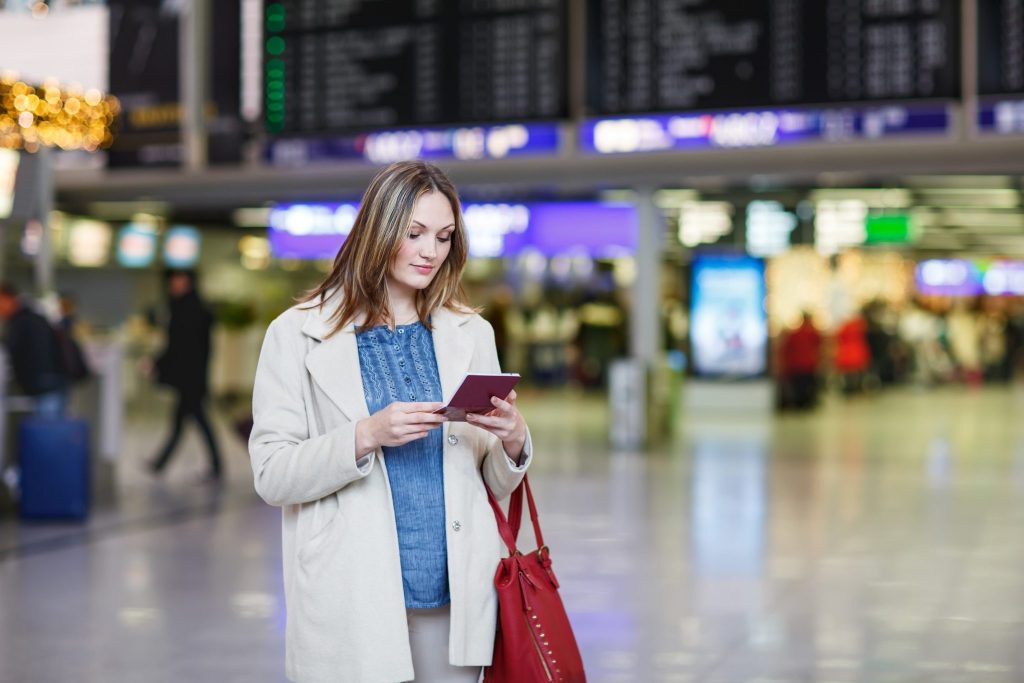
Vietnam currently provides several pathways for Australian tourists to obtain a visa, each suited to different travel styles and needs. Whether you’re staying for a few days or planning a longer journey, there’s a suitable option for you.
The most convenient method is the e-Visa, which allows both single and multiple entries with a maximum stay of up to 90 days per entry. It’s entirely digital — from application to approval — and can be done without setting foot in an embassy. This method is especially popular among solo travellers, couples, and first-time visitors who appreciate a smooth, self-managed process.
For those who are unsure about their travel dates or need more flexibility, Visa on Arrival (VOA) is another option. This visa type covers stays ranging from 15 to 90 days, and allows either single or multiple entries. However, VOA is only available for travellers arriving by air at specific international airports in Vietnam. To use this method, you must apply online in advance to receive a visa approval letter, which you’ll present at immigration upon landing.
Finally, travellers who prefer a traditional approach — or who require a visa type not supported online — can apply through a Vietnamese embassy or consulate in Australia. This is typically necessary for visits longer than 90 days, business visas, or those involving special circumstances. The process involves mailing or delivering documents in person, and processing times can vary.
For most Australian citizens, the e-Visa is the preferred choice due to its simplicity. To start, you’ll need a scanned copy of your passport’s photo page, a digital passport-style photo, and basic travel information like your arrival date and entry point. Once submitted online, you’ll receive your e-Visa via email in PDF format — often within 3 to 5 working days. Some agencies offer faster processing for an additional fee.
If you choose to go with a Visa on Arrival, the process begins with applying for a visa approval letter through a licensed agency. After receiving this document by email, print it out and carry it with you on your flight. At the airport in Vietnam, you’ll present the approval letter, passport, completed entry form, two passport-sized photos, and the stamping fee in cash. Your visa will be issued on the spot at the airport’s immigration counter.
Applying through the embassy requires gathering all the required paperwork, including a filled-out application form, passport, photo, and applicable fee. This can be done by post or in person. Embassy visas typically take longer to process and are more suited to travellers who have specific needs beyond tourism.
No matter which route you take, make sure your passport is valid for at least six months from your arrival date and has at least two blank pages for stamps. Any discrepancies or incomplete documents can delay approval, so double-check all submissions before sending.

To apply for any of the Vietnam tourist visa options, Australians will need a few standard documents. Most importantly, your passport must be valid for a minimum of six months beyond your intended date of entry. A clear, full-color scan of your passport’s information page is required for both e-Visa and VOA applications.
You’ll also need a passport-style photograph taken on a white background. The image should be recent, without glasses, and clearly show your face. For VOA, bring two printed copies of the photo. For e-Visa, simply upload a digital version in JPEG or PNG format.
Basic details about your trip — including arrival and departure dates, the airport or border gate where you plan to enter Vietnam, and your accommodation address — will also be necessary. This helps authorities track and manage foreign visitors and ensures your visa is valid for the correct location.
Make sure that all the information you provide matches your travel documents exactly. Even small errors in name spelling or passport numbers can result in rejection or delays. It’s also wise to apply early, especially during holiday seasons or peak travel periods.
While the process can be done independently, using a professional visa service is a great option for those who want peace of mind. From verifying your documents to tracking your application, a reliable service provider can take the guesswork out of the equation.
Services like Vietnam Visa Services offer fast-track processing with guaranteed results. You can have your visa approved in as little as 2 to 8 hours, depending on the urgency. They also provide full refunds if your visa isn’t approved on time — something few agencies offer.
Moreover, their customer support is available 24/7, which is a big plus for travellers dealing with time differences or last-minute issues. With more than 15 years of experience assisting international travellers, including Australians, they understand the nuances of Vietnam’s immigration system better than most.
Choosing a professional service not only saves time but also reduces the risk of errors or complications. If your trip is time-sensitive or you’re simply unfamiliar with the process, this is by far the safest and smartest route.

Before heading to the airport, make sure you’ve printed your visa (if applicable) and stored a digital backup on your phone or email. This ensures you’re covered in case you misplace the hard copy or run into technical issues.
Double-check that your passport is valid for at least six more months, and that the entry point listed on your visa matches your actual arrival location. Airport authorities in Vietnam can be strict about discrepancies, especially with e-Visas.
Make sure to pack two extra passport photos if you’re entering with a Visa on Arrival. Also, have the visa stamping fee in USD or VND cash — credit cards are typically not accepted at immigration counters.
Finally, if you run into any issues or need assistance with your visa, you can reach out to the visa support team at
📧 info@vietnamimmigration.com
Securing a Vietnam tourist visa as an Australian in 2025 is simpler than ever — as long as you know what to expect. With digital options, flexible durations, and helpful services available, getting your visa approved doesn’t have to be a stressful experience.
Whether you choose an e-Visa, a Visa on Arrival, or a traditional embassy route, the key is preparation. Ready to explore Vietnam’s stunning landscapes and rich cultural heritage?
👉 Apply now and start your journey without visa worries.
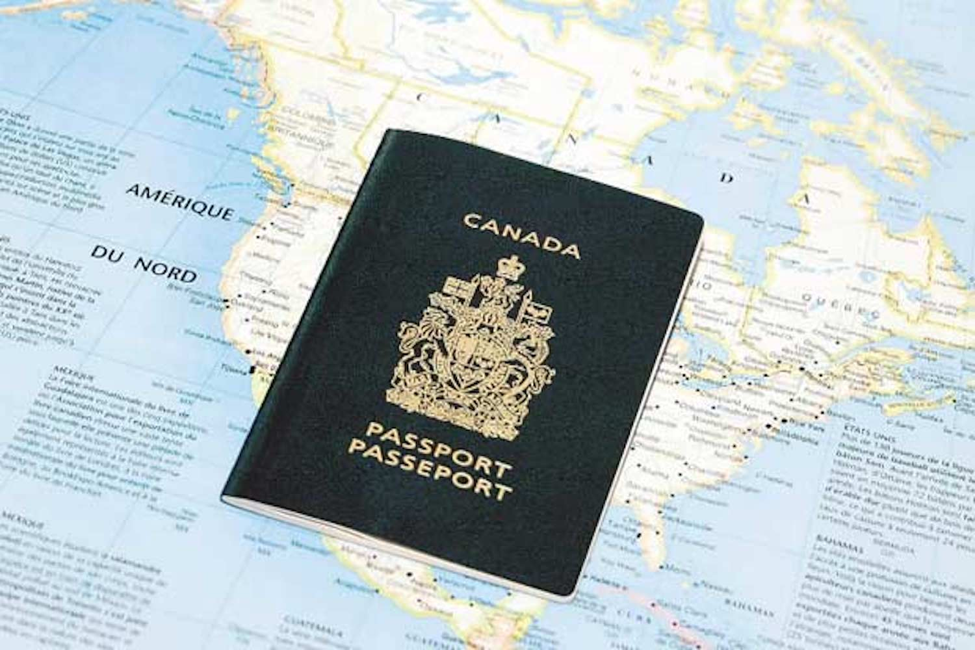
Planning a tropical escape to Vietnam from Canada in 2025? With golden beaches, vibrant street food, and a rich cultural heritage, Vietnam is calling. But before you book your ticket, …
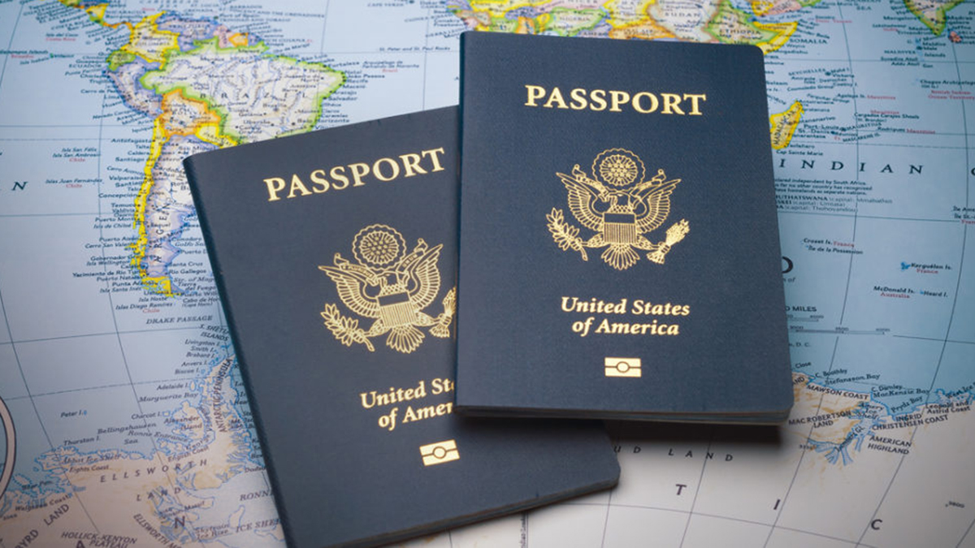
Every year, thousands of Americans fall in love with Vietnam’s breathtaking landscapes and rich culture. But before you can sip coffee in Hanoi or cruise through Ha Long Bay in …
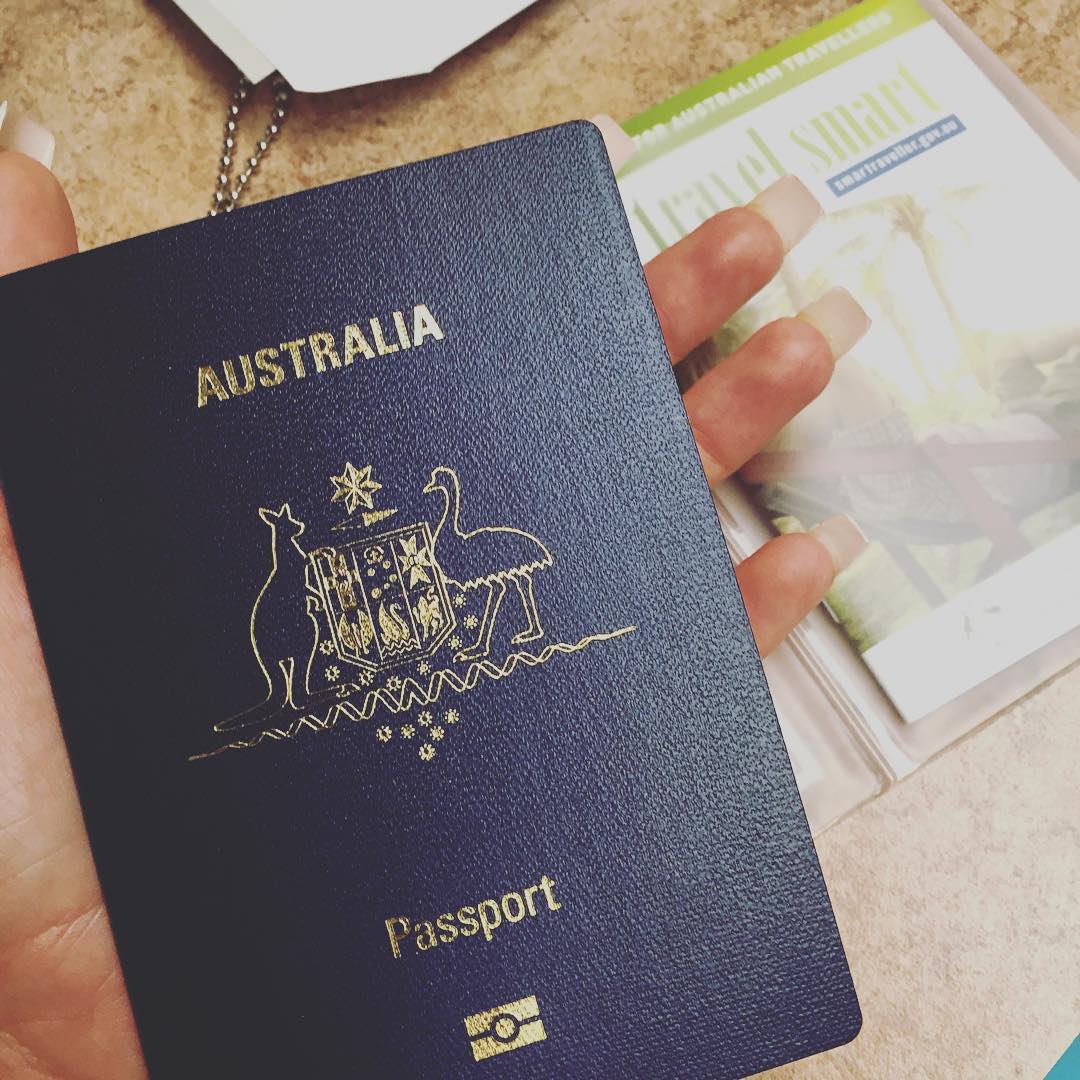
A Comprehensive, Long-Lasting Resource for Smooth Entry Australia to Vietnam: a journey filled with vibrant culture, stunning landscapes, and unforgettable street food. But before you board that plane in 2025, …
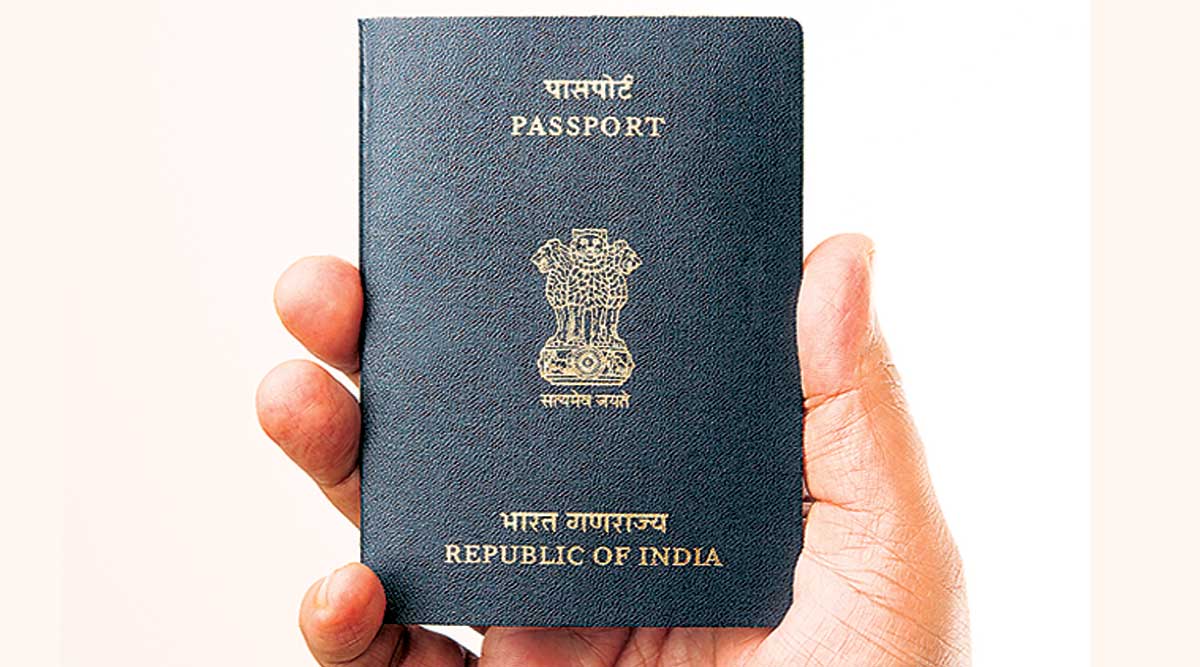
Planning a trip from India to Vietnam sounds exciting—until you hit the visa wall. Long queues, paperwork confusion, embassy visits… it can all feel overwhelming. But don’t worry—whether you’re a …

